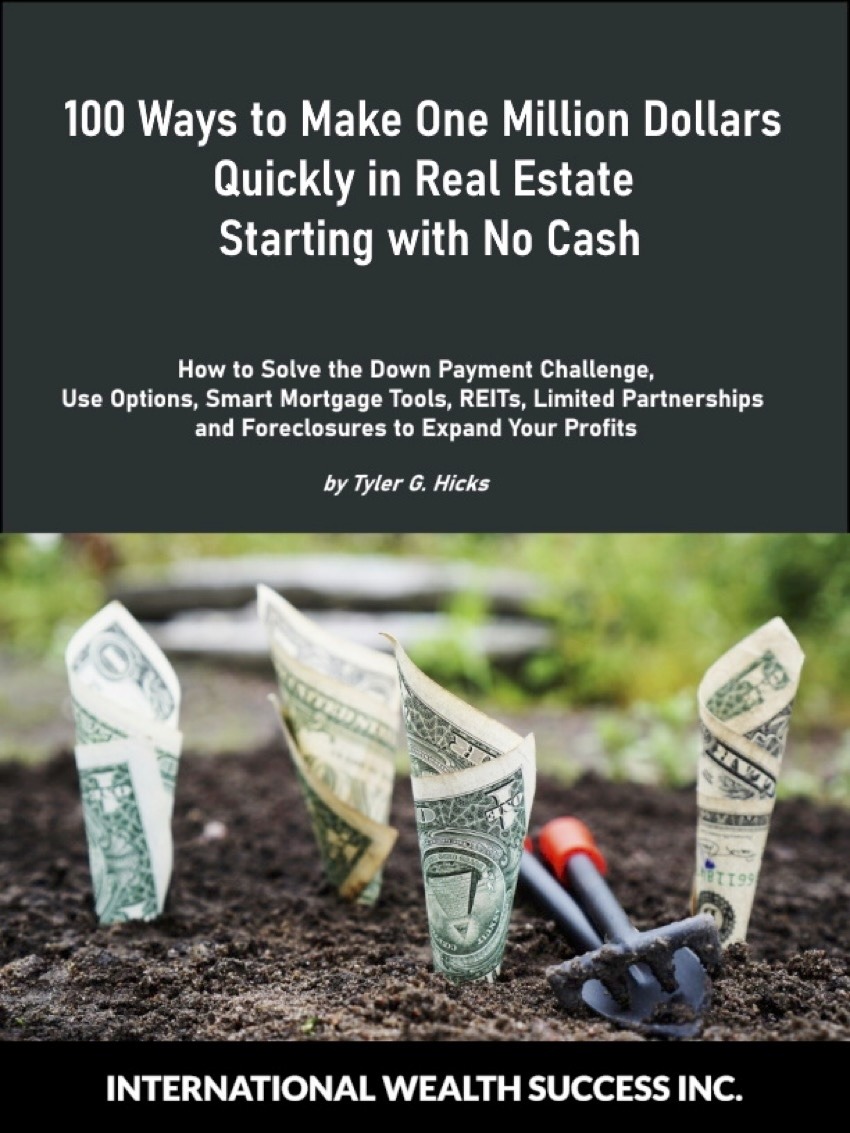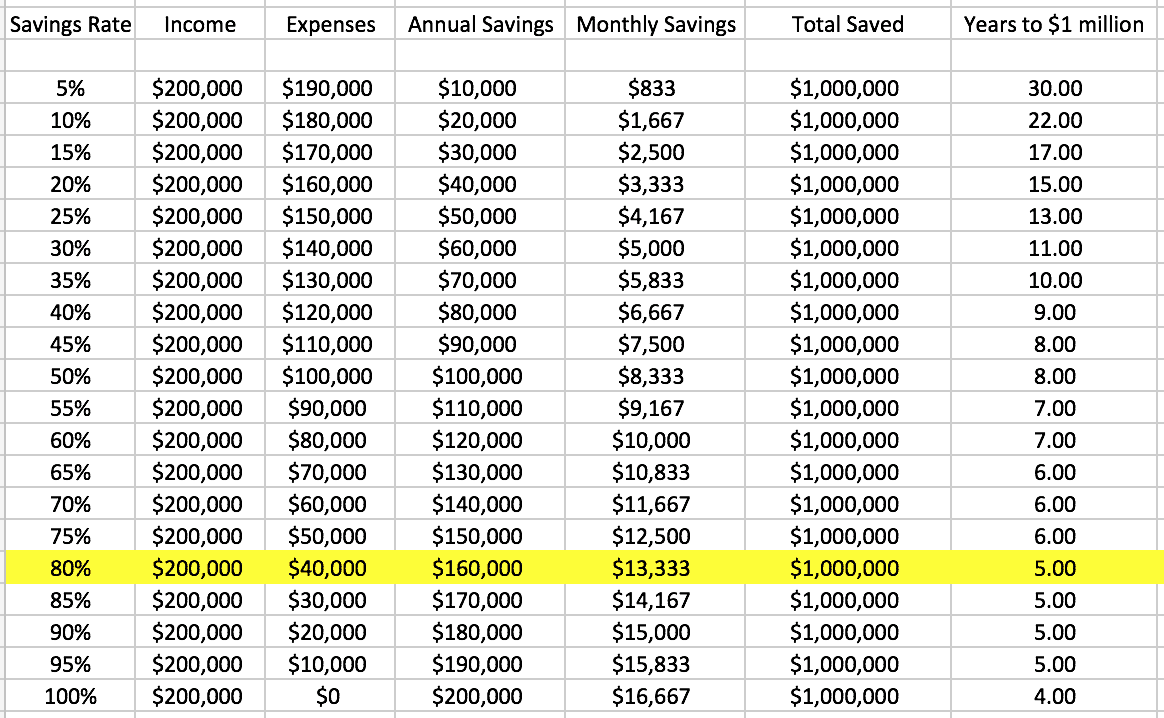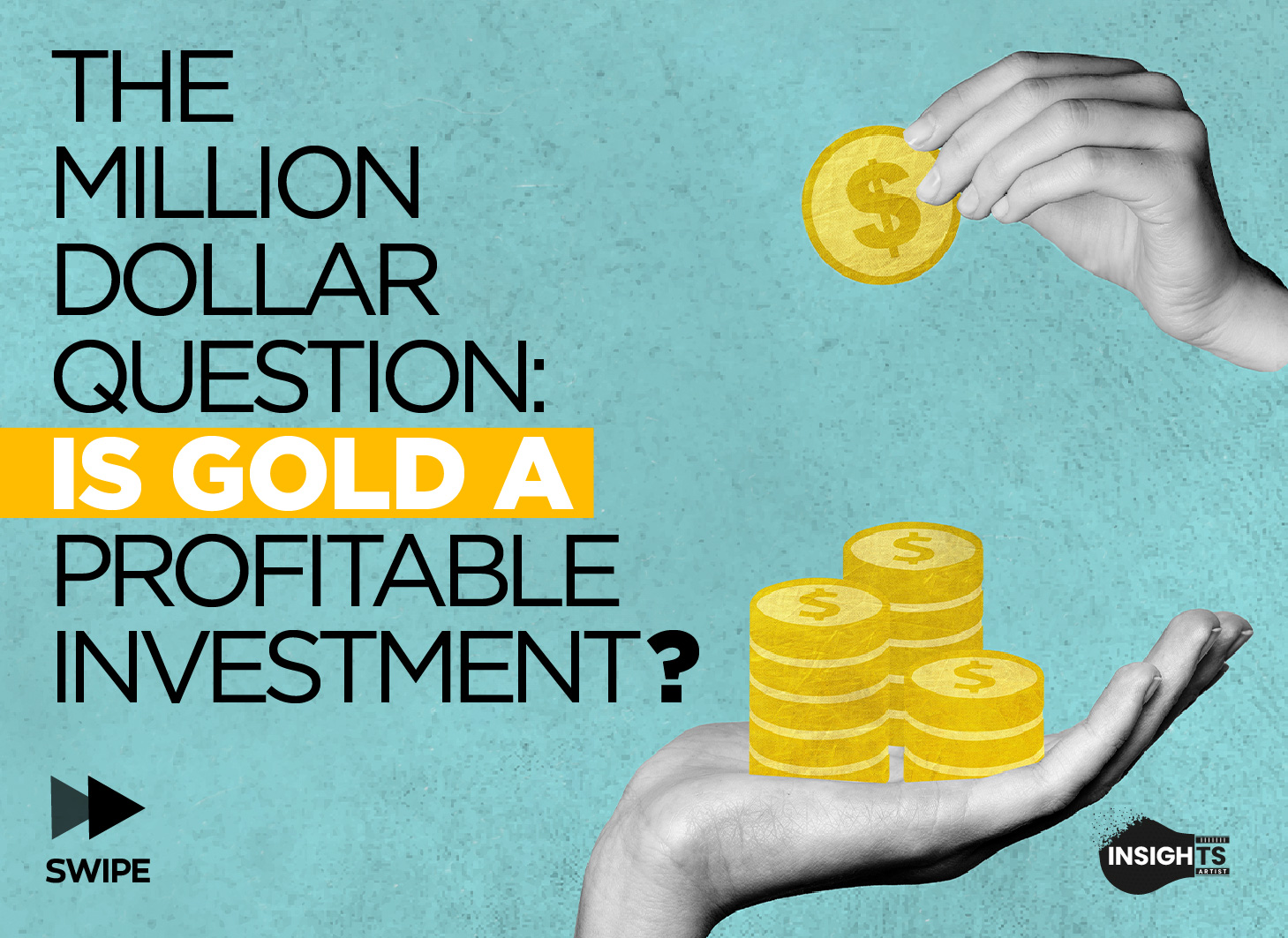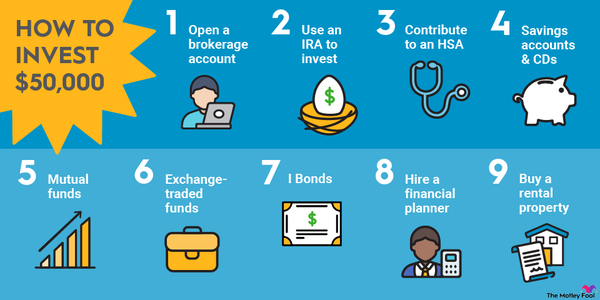What Is The Best Way To Invest 1 Million Dollars

For many, the hypothetical question of how to invest a million dollars remains just that – a hypothetical. But for those who find themselves in the enviable position of possessing such a sum, the question quickly becomes a very real and pressing one. Navigating the myriad investment options requires careful consideration and a personalized strategy tailored to individual circumstances.
This article explores various investment avenues, examining their potential returns, associated risks, and suitability for different investor profiles. It aims to provide a balanced overview, empowering readers to make informed decisions, or at least understand the complexities involved in managing a substantial investment portfolio.
Understanding Your Investment Profile
Before diving into specific investment options, it’s crucial to assess your individual investment profile. This involves understanding your risk tolerance, investment timeline, and financial goals.
Are you comfortable with the possibility of losing a portion of your investment in exchange for potentially higher returns? Or are you more risk-averse, prioritizing capital preservation even if it means lower growth? Risk tolerance is a key determinant in shaping your investment strategy.
Your investment timeline also plays a significant role. Are you investing for retirement in 30 years, or do you need access to the funds in the next five? A longer timeline allows for greater flexibility in choosing higher-growth, potentially riskier investments.
Finally, what are your financial goals? Are you aiming to generate passive income, build long-term wealth, or save for a specific purpose like a child's education?
Exploring Investment Options
Stocks
Investing in the stock market, either through individual stocks or diversified index funds, is a common strategy for long-term growth. Stocks offer the potential for high returns, but also come with significant volatility.
Consider diversifying your stock portfolio across different sectors and industries to mitigate risk. A mix of large-cap, mid-cap, and small-cap stocks can provide a balanced approach.
Index funds, like the S&P 500, offer a cost-effective way to gain broad market exposure. According to data from S&P Dow Jones Indices, the S&P 500 has historically delivered an average annual return of around 10%.
Bonds
Bonds are generally considered less risky than stocks, providing a more stable income stream. They are often used to balance a portfolio and reduce overall volatility.
Government bonds are typically considered the safest, while corporate bonds offer higher yields but also carry higher credit risk. Investment-grade bonds are rated BBB- or higher by credit rating agencies, indicating a lower risk of default.
Bond yields are influenced by interest rate movements. When interest rates rise, bond prices tend to fall, and vice versa. This inverse relationship should be considered when making bond investment decisions.
Real Estate
Real estate can be a lucrative investment, offering both rental income and potential appreciation. However, it also requires significant capital and can be illiquid.
Consider investing in rental properties, either residential or commercial. Thorough due diligence is crucial, including assessing the property's location, potential rental income, and expenses.
Real Estate Investment Trusts (REITs) offer a more liquid way to invest in real estate. REITs are companies that own or finance income-producing real estate across a range of property sectors.
Alternative Investments
Alternative investments, such as private equity, hedge funds, and commodities, can offer diversification and potentially higher returns. However, they are often complex and illiquid, and may not be suitable for all investors.
Private equity involves investing in private companies, either directly or through a fund. These investments typically have a longer time horizon and require a higher minimum investment.
Hedge funds employ various investment strategies, often using leverage and derivatives to generate returns. They are typically only accessible to accredited investors.
Seeking Professional Advice
Given the complexity of managing a million-dollar portfolio, seeking advice from a qualified financial advisor is highly recommended. A financial advisor can help you develop a personalized investment strategy tailored to your specific needs and goals.
A fee-only advisor is often preferred, as they are compensated solely by their clients, reducing the potential for conflicts of interest. Look for advisors who are Certified Financial Planners (CFPs), as they have met rigorous training and ethical standards.
Before engaging a financial advisor, carefully review their credentials, experience, and fees. Ensure that they are transparent and act in your best interest.
Conclusion
Investing a million dollars is a significant undertaking that requires careful planning and execution. There is no one-size-fits-all approach, as the optimal investment strategy depends on individual circumstances and risk tolerance.
Diversification across different asset classes, such as stocks, bonds, and real estate, is crucial for mitigating risk. Consider seeking professional advice to develop a personalized investment plan that aligns with your financial goals.
Ultimately, the best way to invest a million dollars is to make informed decisions, stay disciplined, and regularly review your portfolio to ensure it remains aligned with your evolving needs and objectives. Patience and a long-term perspective are key to achieving financial success.


















